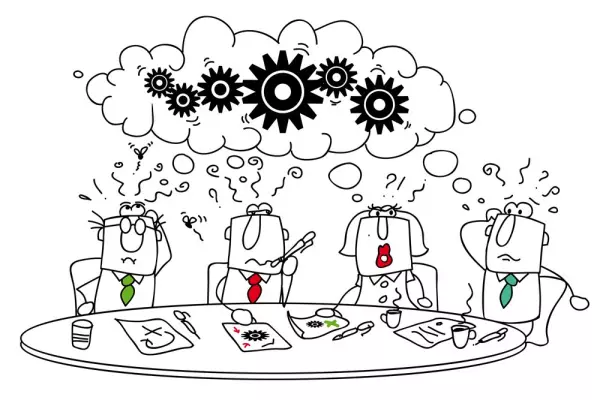Last week, as the omicron surge eased and the glow of the government’s covid red traffic light faded, thousands of Auckland workers were called back into the office. But there was a problem: many would have preferred to stay home.
Over the past two years, they've discovered they work better remotely, away from distractions and office politics. Having seen first-hand how fragile life and health can be, they’ve gotten used to welcoming home the kids after school, walking the dog mid-morning, forgoing the twice-daily commute. They’ve learnt to organise work around their day rather than their day around work, and they like it.
If you received a joyful email from your company welcoming you back to the office but found yourself lacking the same enthusiasm, you’re not alone. There is a real disconnect going on right now, and it runs deeper than many employers recognise.
A few years ago, the management reaction to any imminent revolt might have been “stiff bikkies”, but with unemployment at 3.2%, skill shortages across the board and the widely publicised Great Resignation under way, employee voices suddenly have a lot more volume. Employers who refuse to listen are likely to find themselves in a Great Confrontation.
Interestingly, as the unplanned work-from-home “experiment” stretched on and the sky refused to fall on all our heads, employers did notice. They noticed that the work still got done, often more efficiently than before, and began to concede that remote working might not, in fact, create a culture of their staff all heading for the beach around lunchtime.
Yet many employers maintain a (mistaken) belief that having staff at home erodes organisational culture and workplace belonging, that it hampers innovation and stifles creativity. Now that conditions allow it, they’re hoping for a new normal that is, yes, occasionally more flexible but not dramatically different from the workplace we left behind.
Why wouldn’t they? The traditional workplace works well enough for people at the top – people who build flexibility into their own arrangements and can check on the pulse of the organisation by stopping by the water cooler for a chat. Even better, if office life gets too noisy, they can shut their c-suite door and prioritise the job in front of them.
Remote working made these perks available to everyone. Workers were free to sometimes shut the door themselves, nip off to do the supermarket shopping off peak or fit in a head-clearing hour of exercise at a time that really suited. (A topic for another time, perhaps, but this was particularly true for women, parents and marginalised groups – people whose time-management skills are superior, if only they could be given a little time and the autonomy to demonstrate that.)
Now, understandably, employees are reluctant to give these freedoms up – even now that the party is officially over. It would be too simplistic to say that workers are in the right here and employers have it wrong. The answer is more likely in the middle. The most successful businesses and fulfilled staff will be those who work together, taking the lessons of the pandemic lockdowns and working out what their third way looks like.
The office, for example, won’t likely disappear, but it’ll best be thought of as one tool in the workplace toolbox, to be used when it suits the task at hand. By freeing ourselves of the “office as default” way of working, we’ll unlock so many other benefits the work-from-home experiment has illuminated (or, sometimes, only hinted at). These include:
- Using Zoom, Teams, Slack and other modern technologies to connect co-workers in a more equitable way than traditional office settings. Research shows this form of communication amplifies diverse voices and prioritises contributions based on merit, not on who happens to have a chance meeting with an executive or “plays the game” more effectively.
- Further to this, evaluating and promoting employees based on their actual work rather than on the optics-driven culture of office life. (People who thrive in conditions of low accountability and low transparency rarely do well working from home.)
- Encouraging asynchronous working – instead of getting cornered in a meeting, you contribute when it suits you. Opting out of real-time interactions gives a team time to triage, to think, and to cultivate a less-reactive, more-agile culture where thoughtful decision making is celebrated. A remote workforce tends to be more purposeful and deliberate in what they spend their time on.
Though businesses (and particularly New Zealand businesses) were slow to embrace flexible working even before the lockdowns, it is certain to become part of life in the post-pandemic world, and that’s a pretty exciting thing; after all, it’s rare in a leader’s lifetime to have such unrestricted possibility to invent the future. And invention is key here; the best organisations will create a true hybrid model, not settle for the old way with a few tweaks.
Our decision makers face a stark choice. They can continue to believe they will deliver in the new world because they always delivered in the old. Or they can embrace this singular opportunity for change and work with their people – closely and transparently, with curiosity, respect and a willingness to design together instead of mandating – to discover a new and better future of work.














